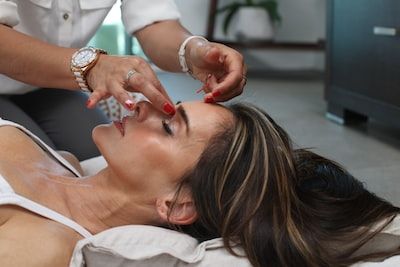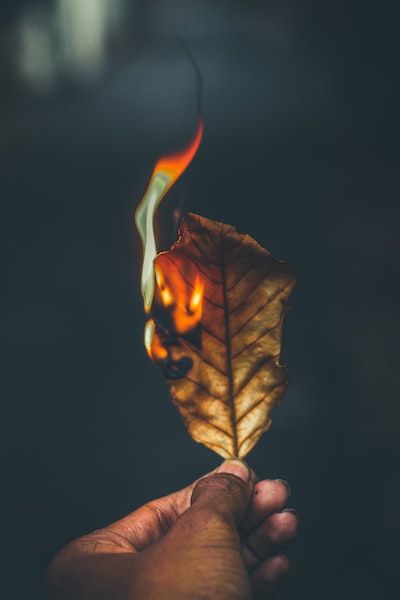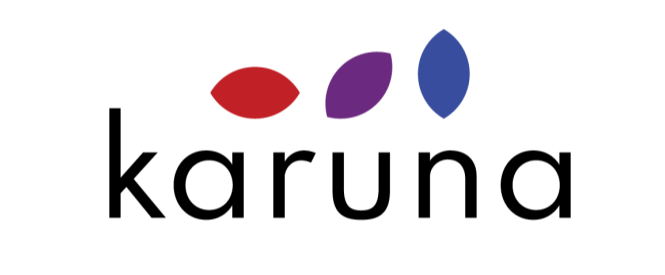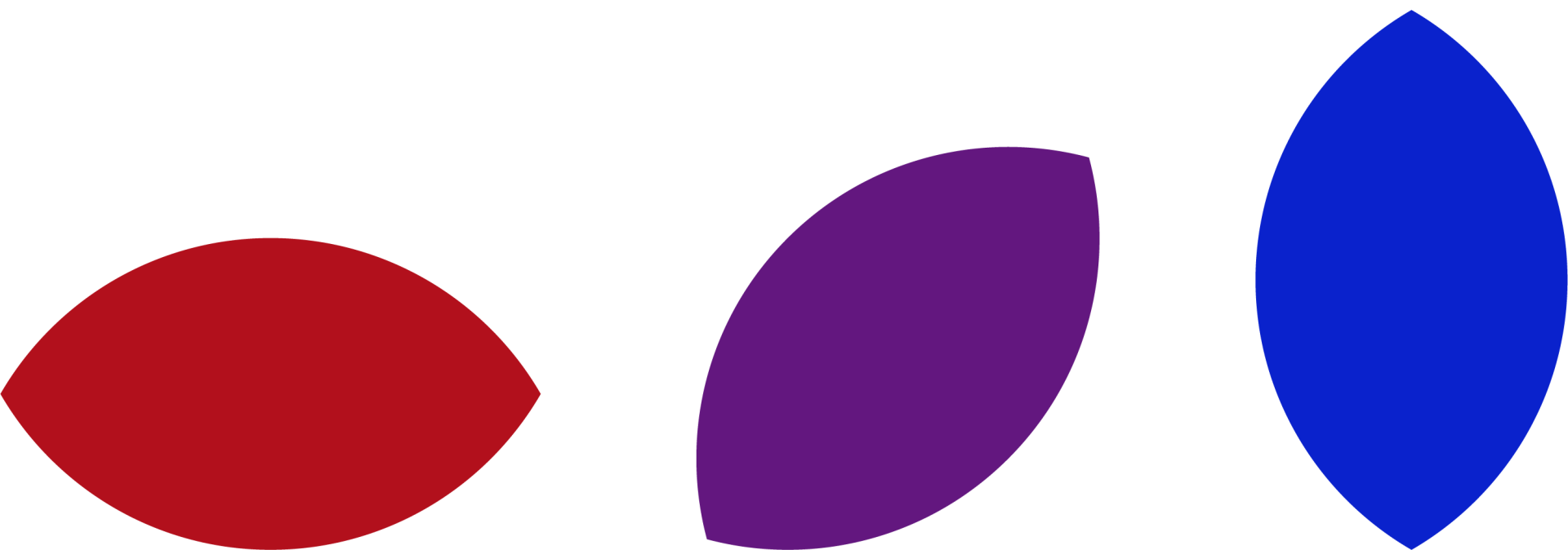Engaging in wellbeing practices help us remain calm, collected and ready to take on our days. They promote mental, emotional, and physical health benefits as well as promoting overall wellness.
Wellbeing practices have been around for thousands of years, with the earliest recorded wellbeing practices collectively known as the healing science of Ayurveda - a system that consists of the use of diverse tools designed to maintain harmony in the body, mind, and spirit. Many practices within the science of Ayurveda can be implemented by the practicing person alone, but just as in Traditional Chinese Medicine (TCM), the advice of a certified practitioner is required.
Wellbeing practices have shown up in their own way in multiple cultures across the globe in Homeopathy, Naturopathy, and even western medicine. Wellness and wellbeing in the Western Hemisphere became mainstream in the 1980s with common practices you’ve likely heard of including yoga, meditation, and breathwork. However, there are three ancient well-being practices you may not have heard of yet, and you might want to consider trying them. They are Multani Mitti, Wong To Yick, and Moxibustion.
Wellbeing practices have been around for thousands of years, with the earliest recorded wellbeing practices collectively known as the healing science of Ayurveda - a system that consists of the use of diverse tools designed to maintain harmony in the body, mind, and spirit. Many practices within the science of Ayurveda can be implemented by the practicing person alone, but just as in Traditional Chinese Medicine (TCM), the advice of a certified practitioner is required.
Wellbeing practices have shown up in their own way in multiple cultures across the globe in Homeopathy, Naturopathy, and even western medicine. Wellness and wellbeing in the Western Hemisphere became mainstream in the 1980s with common practices you’ve likely heard of including yoga, meditation, and breathwork. However, there are three ancient well-being practices you may not have heard of yet, and you might want to consider trying them. They are Multani Mitti, Wong To Yick, and Moxibustion.

1. Multani Mitti - Your Go-To Mask For Glowing, Healthy Skin
Multani Mitti is often also referred to as ‘fuller’s earth’ or ‘mud of Multan,’ and is frequently used for beauty, skin care, and hair care. Multani Mitti is a clay-like substance named after its’ city of origin, Multan, which is located in today’s Pakistan. People of this region have been using Multani Mitti for thousands of years to promote healthy skin. It can also be used to treat acne and other skin conditions.
The substance is finer than clay and contains higher water content, so it’s great for decolorizing oil and other liquids without harsh effects. Multani Mitti is both a natural astringent and cleanser that can be used as a facial mask by applying the substance to the face and rinsing after 10 minutes. Benefits of using Multani Mitti include: reducing oil, combating acne, balancing and brightening skin tone, and reducing pigmentation.
2. Wong To Yick (Wood Lock Oil) For Pain Relief
Wong To Yick or Wood Lock Oil is a topical analgesic often used to combat pains, strains, and arthritic pains. It can also be used to treat stress headaches by applying it to your temples. This oil contains lavender oil, which is known to promote relaxation, as well as camphor, menthol, Turpentine oil, and Methyl salicylate. Think of it as the original Icy Hot or Ben Gay - but without as much processing and chemicals you can’t pronounce.
Multani Mitti is often also referred to as ‘fuller’s earth’ or ‘mud of Multan,’ and is frequently used for beauty, skin care, and hair care. Multani Mitti is a clay-like substance named after its’ city of origin, Multan, which is located in today’s Pakistan. People of this region have been using Multani Mitti for thousands of years to promote healthy skin. It can also be used to treat acne and other skin conditions.
The substance is finer than clay and contains higher water content, so it’s great for decolorizing oil and other liquids without harsh effects. Multani Mitti is both a natural astringent and cleanser that can be used as a facial mask by applying the substance to the face and rinsing after 10 minutes. Benefits of using Multani Mitti include: reducing oil, combating acne, balancing and brightening skin tone, and reducing pigmentation.
2. Wong To Yick (Wood Lock Oil) For Pain Relief
Wong To Yick or Wood Lock Oil is a topical analgesic often used to combat pains, strains, and arthritic pains. It can also be used to treat stress headaches by applying it to your temples. This oil contains lavender oil, which is known to promote relaxation, as well as camphor, menthol, Turpentine oil, and Methyl salicylate. Think of it as the original Icy Hot or Ben Gay - but without as much processing and chemicals you can’t pronounce.

3. Moxibustion to Enhance Healing
Derived from Ancient Chinese Medicine, Moxibustion is a practice that includes burning mugwort leaves close to the body. Mugwort leaves are spongy herbs believed to enhance healing with acupuncture. The purpose of Moxibustion is to strengthen the blood, stimulate the flow of energy, and promote overall well-being and good health. Moxibustion is practiced in two ways: direct and indirect. In direct moxibustion, the moxa cone lays on the body and the practitioner lights the leaves and keeps them on your body until you begin feeling the heat. In indirect moxibustion, the cone is kept about an inch away from your skin and burns there. Just like direct moxibustion, the cone is removed once you can feel the heat.
The practice of Moxibustion is used to treat many conditions such as arthritis, ulcers, and cancer. It’s also useful in treating aches, fatigue, muscle stiffness, migraines, and more.
As with all medical practices, we recommend seeking a certified practitioner and your physician’s advice. These are not substitutes for professional medial advice or treatments.
To continue learning more about wellbeing practices of old and new, be sure to bookmark our blog. And, sign up for our newsletter to learn how to implement many of our favorite practices on the journey to finding happiness.
Derived from Ancient Chinese Medicine, Moxibustion is a practice that includes burning mugwort leaves close to the body. Mugwort leaves are spongy herbs believed to enhance healing with acupuncture. The purpose of Moxibustion is to strengthen the blood, stimulate the flow of energy, and promote overall well-being and good health. Moxibustion is practiced in two ways: direct and indirect. In direct moxibustion, the moxa cone lays on the body and the practitioner lights the leaves and keeps them on your body until you begin feeling the heat. In indirect moxibustion, the cone is kept about an inch away from your skin and burns there. Just like direct moxibustion, the cone is removed once you can feel the heat.
The practice of Moxibustion is used to treat many conditions such as arthritis, ulcers, and cancer. It’s also useful in treating aches, fatigue, muscle stiffness, migraines, and more.
As with all medical practices, we recommend seeking a certified practitioner and your physician’s advice. These are not substitutes for professional medial advice or treatments.
To continue learning more about wellbeing practices of old and new, be sure to bookmark our blog. And, sign up for our newsletter to learn how to implement many of our favorite practices on the journey to finding happiness.

